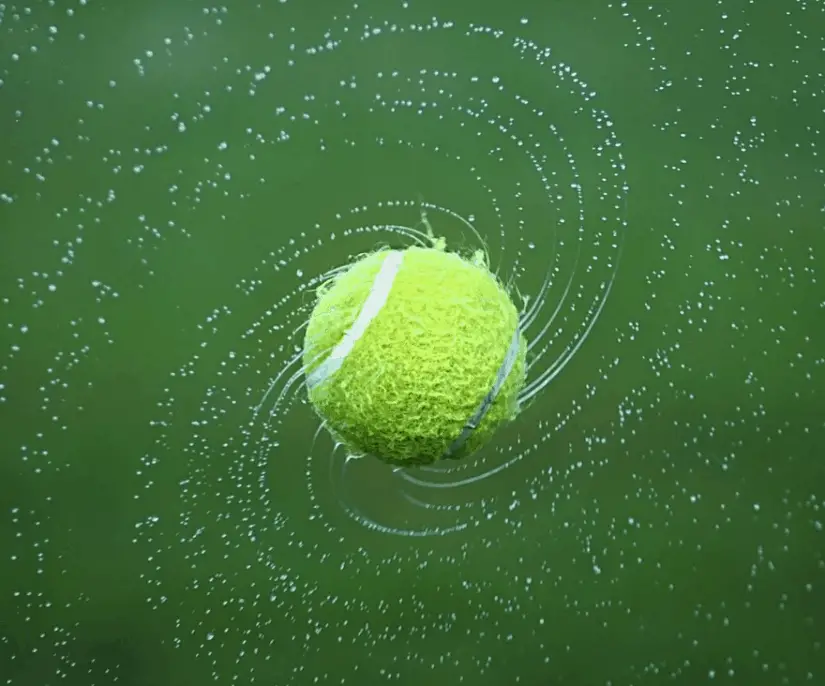They’re the bright yellow object going back and forth during a tennis match.
In this post, you’ll discover the ultimate list of facts about tennis balls, the most important feature of this popular sport.
1. The tennis ball has come a long way
The first tennis balls that were manufactured were created for the game of real tennis, the predecessor of the modern game of tennis. This was, in turn, a variation of a game that originated in France in the 12th century called “Jeu de Paume.”
What was the difference with the game of tennis we know today?
The original game was played with the hands!
It wasn’t until the 16th century that rackets started being used to play the game of real tennis.
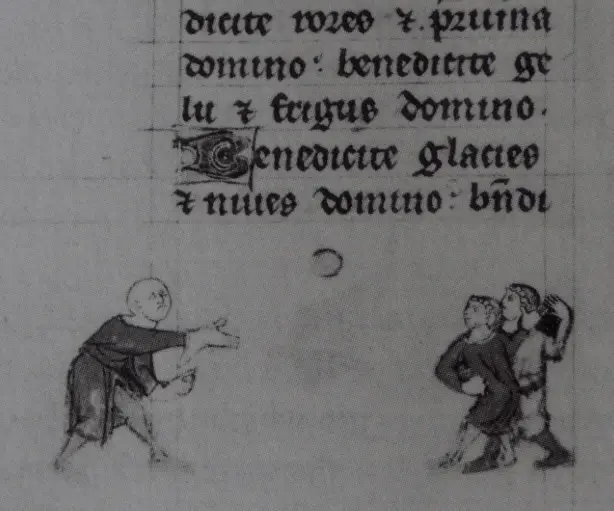
2. What were original tennis balls made of?
As the game was being played with the hands, you can imagine that the ball had to be soft. It’s for this reason the Louix XI of France forbade tennis balls to be filled with chalk, sand, sawdust, or earth, in the year 1480.
Additionally, he added the suggestion that tennis balls should be made of soft leather and filled with wool, which is the materials the original tennis balls consisted of.
It wasn’t too long after this notice that the switch was made to play tennis with rackets instead of using the hands.
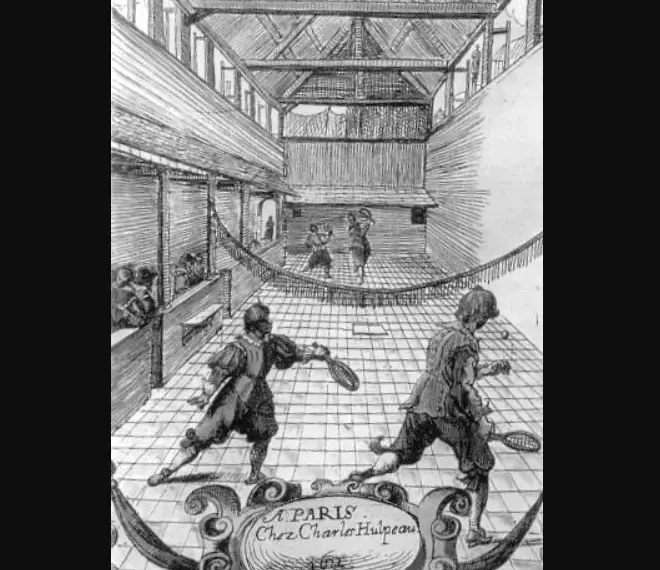
3. In England, other materials were used
Tennis had made it across the pond and became one of the most popular games played at courts, not just in England but all across Europe.
While tennis balls in France were made of leather and were filled with wool, tennis balls discovered in the hammer-beam roof of Westminster Hall in London showed that tennis balls in England were made of completely different materials.
There were made of putty, a material with high elasticity resembling clay or dough, and were filled with human hair.
These tennis balls dated back to the reign of King Henry VIII (1508-1547) who, in between marriages and executions, enjoyed himself a good game of “real tennis”.
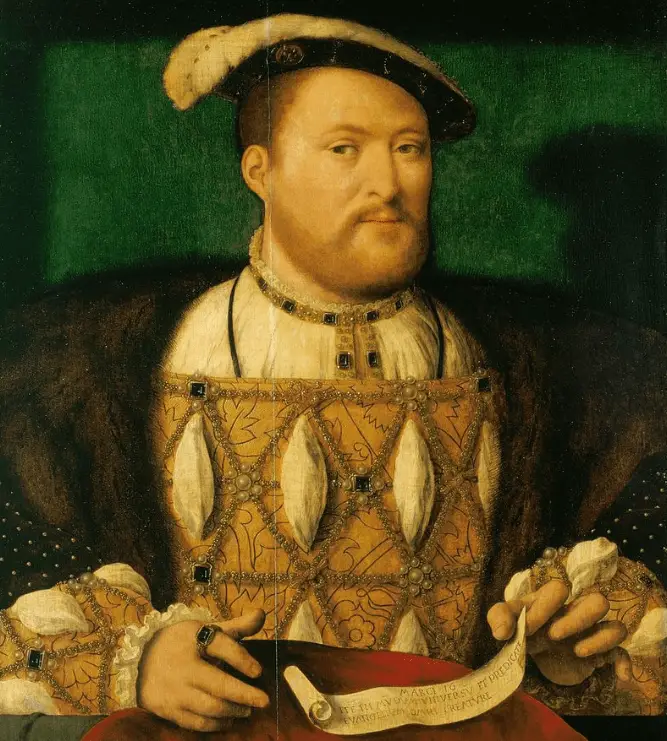
4. The Scots used animal materials to produce tennis balls
Perhaps putty wasn’t readily available in Scotland at the time, or perhaps animal intestines just made the ball bounce a little better?
Either way, Scottish craftsmen manufactured tennis balls by tying a rope around the stomach of a sheep or a goat until they had something that resembled a tennis ball.
It’s hard to imagine how a game of tennis looked back then with tennis balls like this, but we assume it wasn’t the high-speed version we see in the Wimbledon Arena today.
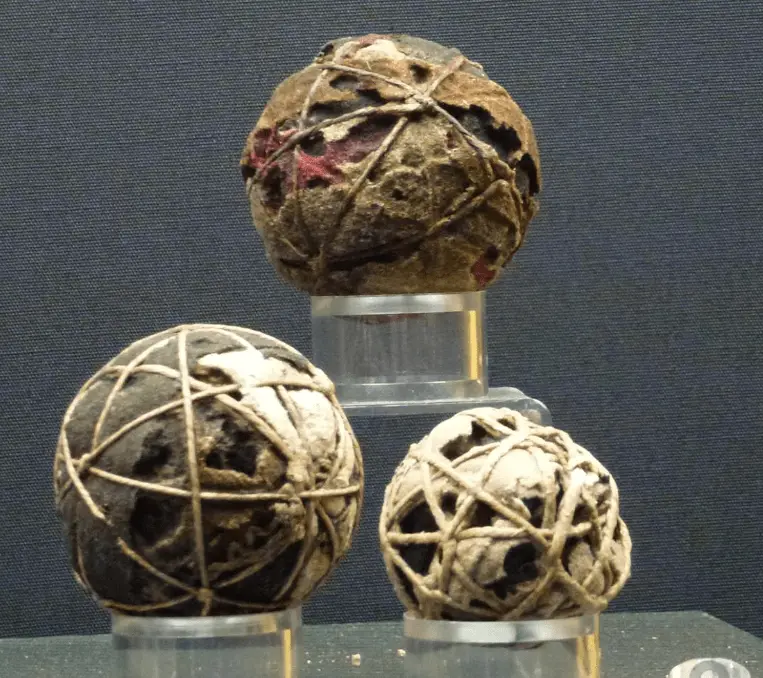
5. Charles Goodyear invented something revolutionary
Real tennis probably would have never been transitioned into lawn tennis if it wasn’t for the invention of vulcanized rubber, one of the many revolutionary inventions from Charles Goodyear.
Walter Clopton Wingfield and Harry Gem, the men that made lawn tennis popular in the 1870s in England, introduced the new type of tennis balls, made of vulcanized rubber, and helped to spread the game all across the country.
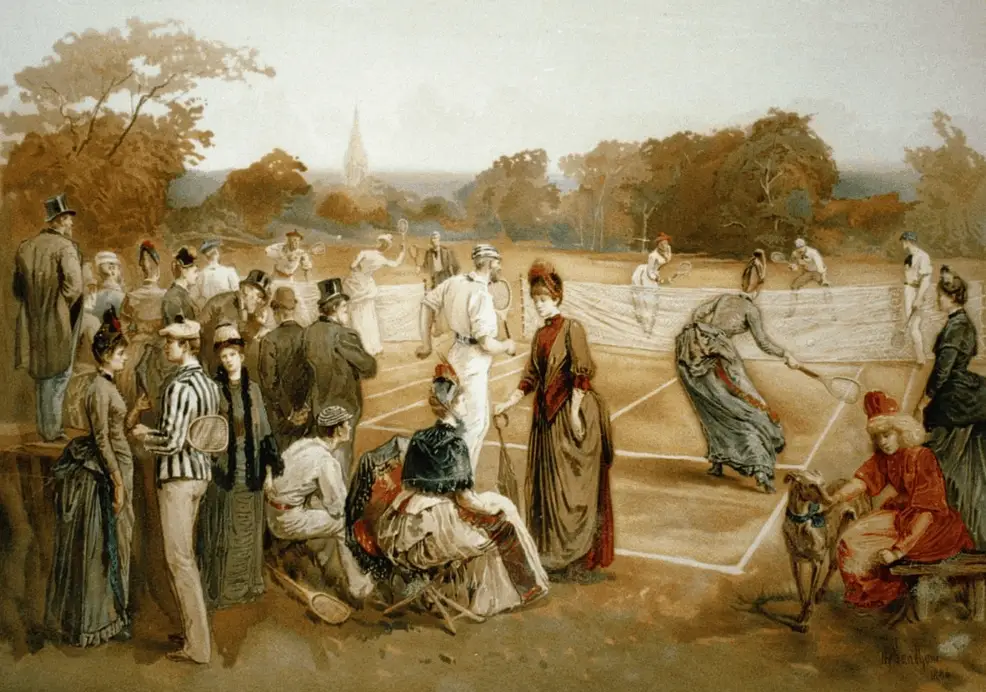
6. Before, tennis balls were completely made of rubber
Before the 1870s, tennis balls didn’t have any air inside of them and were made entirely of rubber.
Without a hollow core, this must have been quite difficult to control the ball and it probably didn’t bounce the same way it does today.
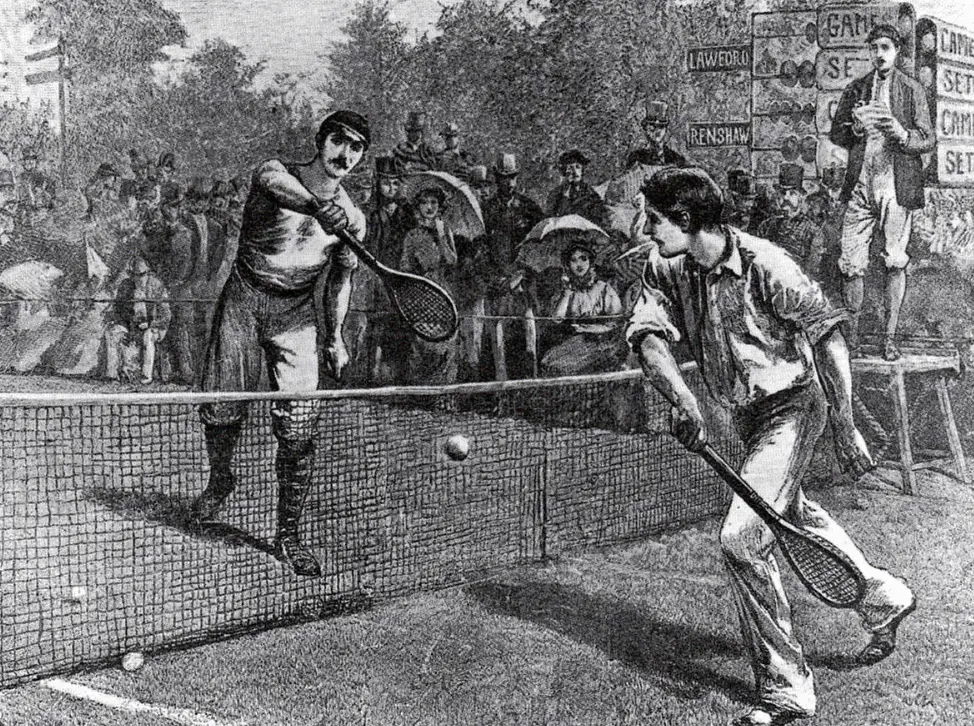
7. The Germans developed the modern-day tennis balls
The Germans were successful in making the changes needed to create the perfect ball for the sport of tennis.
They first covered the grey and red rubber balls with flannel, which was already an improvement, and shortly after decided to fill the core of the ball with gas.
8. The perfect ball was created in 1882
It wasn’t until 1882 that Walter Clopton Wingfield started advertising his tennis set that included the new balls which he described as “clad in a stout cloth.”
What did the first advertisement for this new tennis set read?
The set included “Wingfieldian Tennis Balls.”
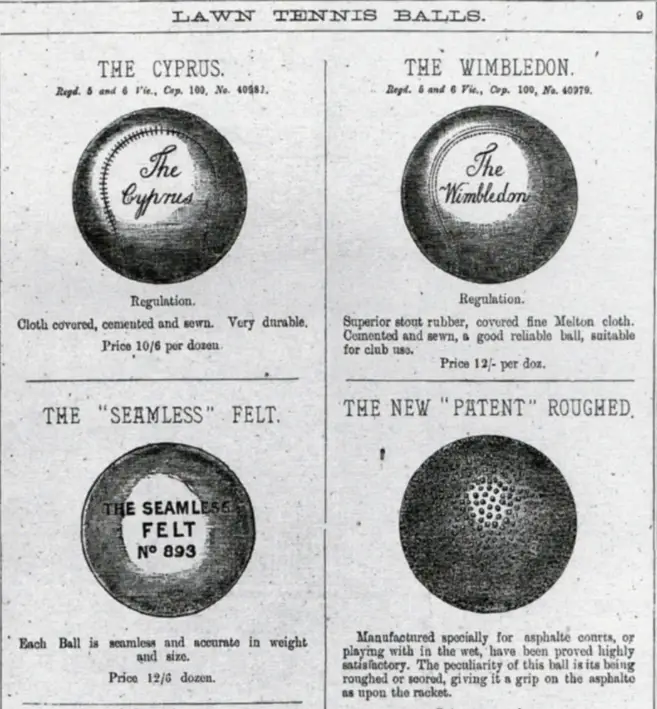
9. The packaging dates back to the 1920s
If you have ever bought a set of quality tennis balls, then you know that they are packaged in a specific pressure-sealed tube.
This type of packaging was invented by the Wilson-Western Sporting Goods Company in the form of cardboard tubes in 1925, as opposed to the wrapped paper and paperboard boxes they used to be packaged in before that.
This package wasn’t yet pressurized though, and it was the Pennsylvania Rubber Company that released a pressurized metal tube to package newly created tennis balls in 1926.
Ever since the 1980s, metal tubes have been replaced by recyclable plastic tubes.
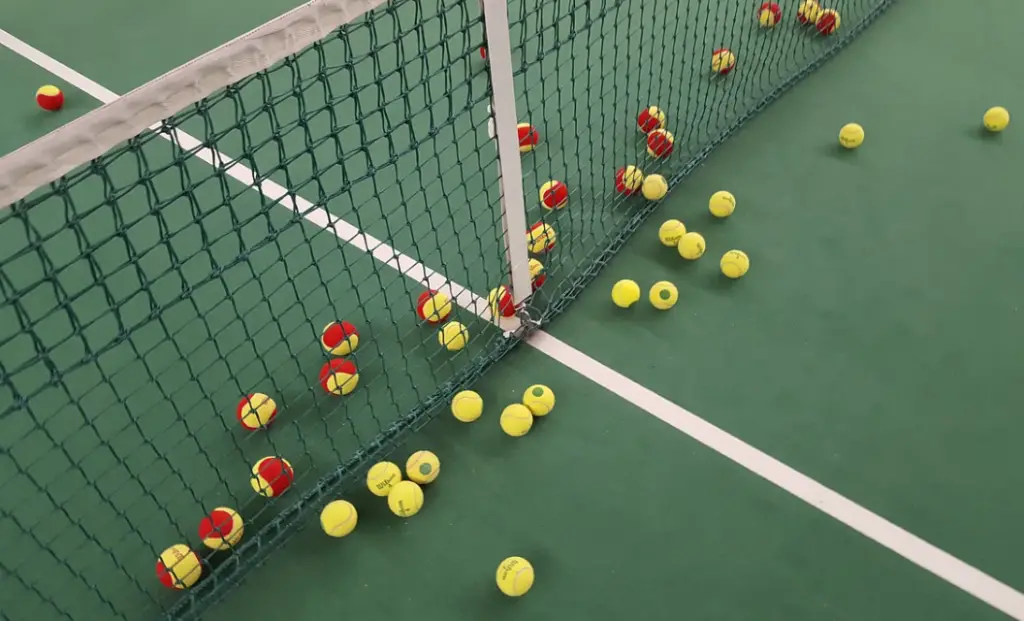
10. The color changed in 1972
In official games, everybody is used to tennis balls being yellow. A study conducted in 1972 made clear that fluorescent yellow balls were much better visible to people watching games on television, so this color was made official the same year.
In Wimbledon, however, the most prestigious tennis tournament in the world, they continued to use the white balls that were used before until the year 1985, when the change to yellow balls was made as well.
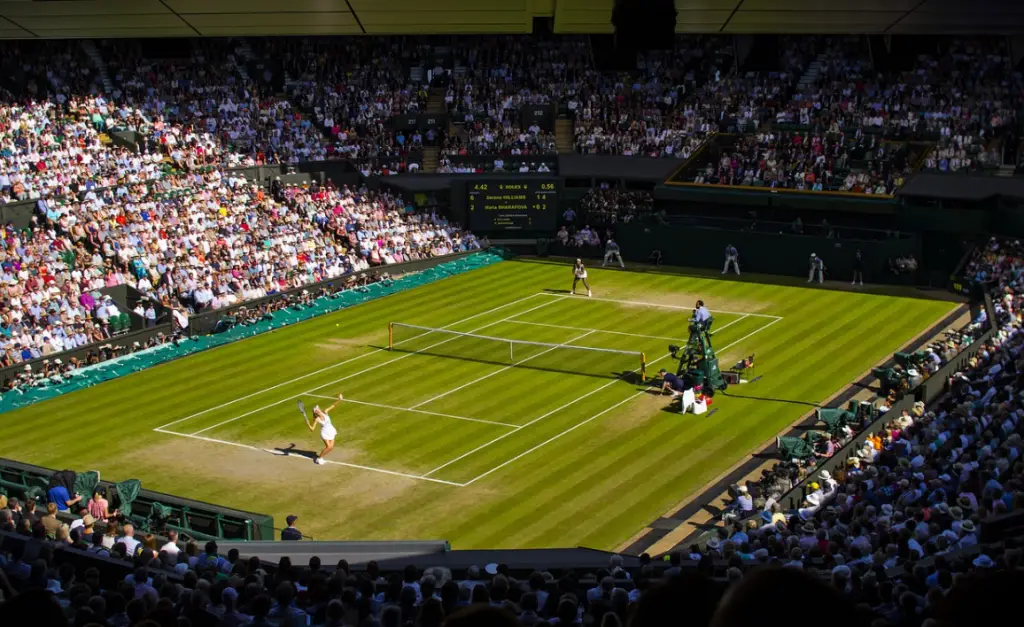
11. A huge number of tennis balls is produced yearly
Tennis is one of the most played sports in the world, so, logically, a huge number of tennis balls are produced to provide the millions of tennis players with what they need to play their favorite game.
It’s estimated that each year, a staggering 325 million tennis balls are produced.
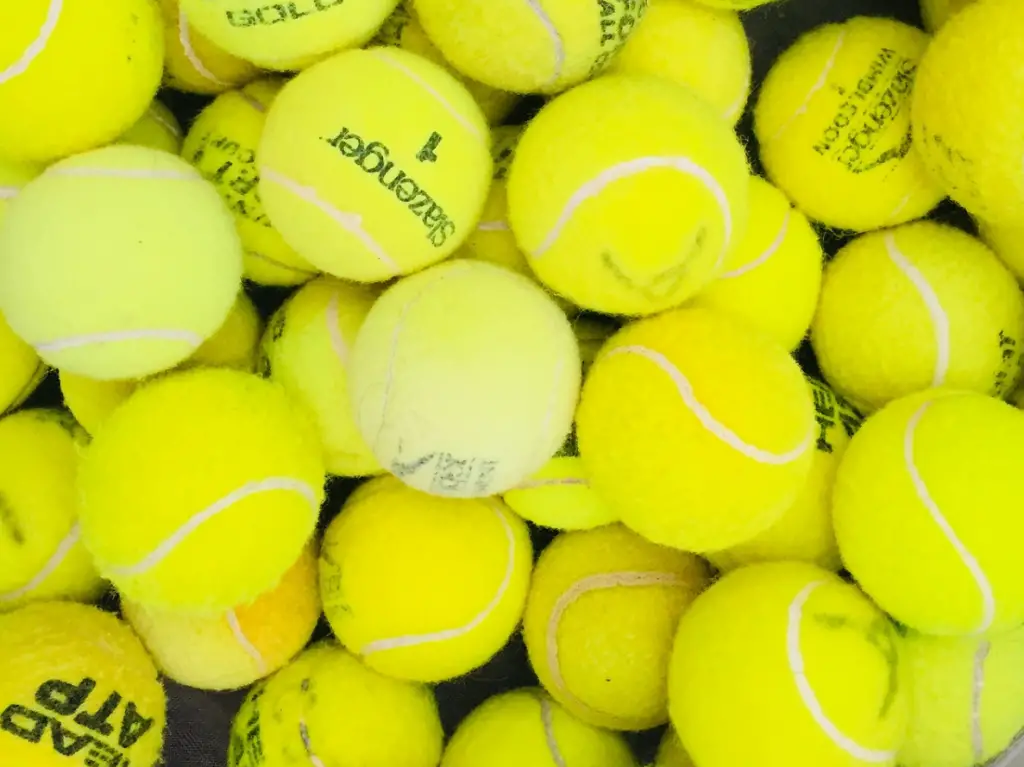
12. Tennis ball manufacturing creates a lot of waste
Tennis balls consist mainly of rubber, and rubber isn’t easily biodegradable, and with this many tennis balls being produced every year, a huge amount of waste is being created.
It’s estimated that about 20,000 tonnes (22,000 short tons) of waste in the form of rubber is being created every year.
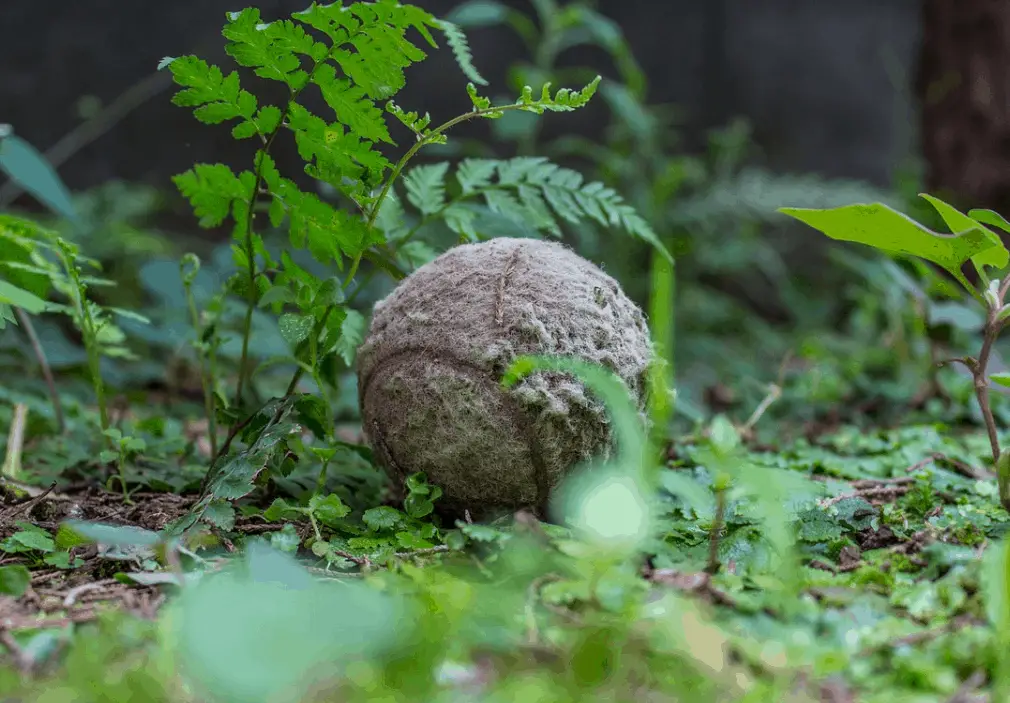
13. Efforts are being made to recycle tennis balls
An organization powered by “Wilson” has started a program to recover tennis balls and recycle them. They do so by collecting tennis balls in bins and use those recycled balls for new things such as developing tennis courts, horse footing, and a variety of green products.
We’re pretty confident that more and more green solutions will pop up to solve the problem of waste that the production of tennis balls is creating.
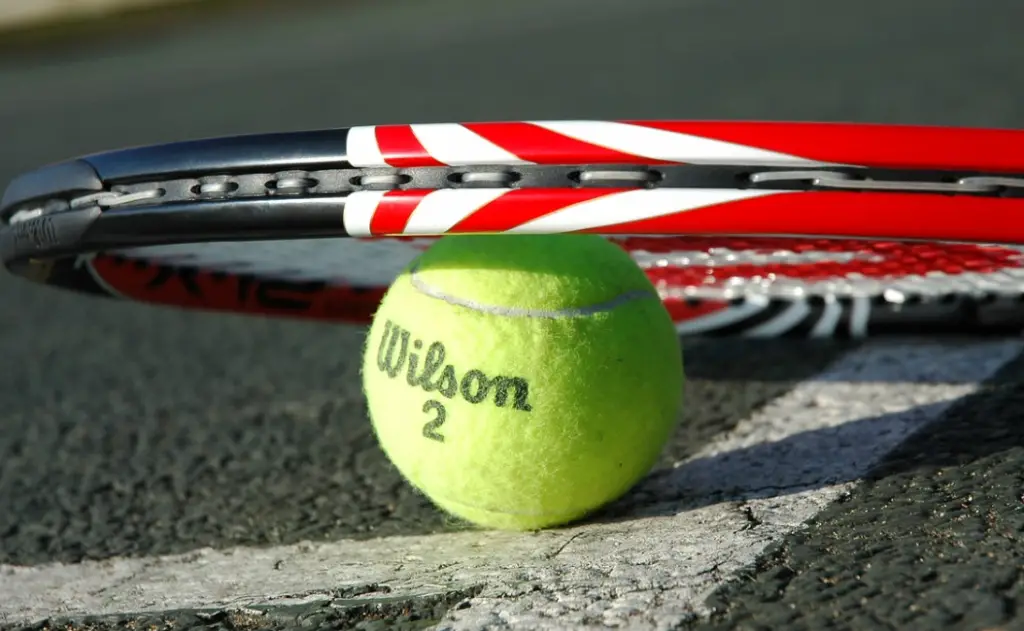
14. Wimbledon is doing its part as well
It’s up to the most prestigious tennis tournament in the world to give a good example, and Wimbledon is doing its part to solve the tennis ball problem as well.
One of the most amazing facts about tennis balls is that recycled balls from Wimbledon are being used to build homes for the endangered Eurasian harvest mouse.
That just shows that creativity can go a long way to help preserve nature, while still allowing millions of people around the world to enjoy a lovely game of tennis!
